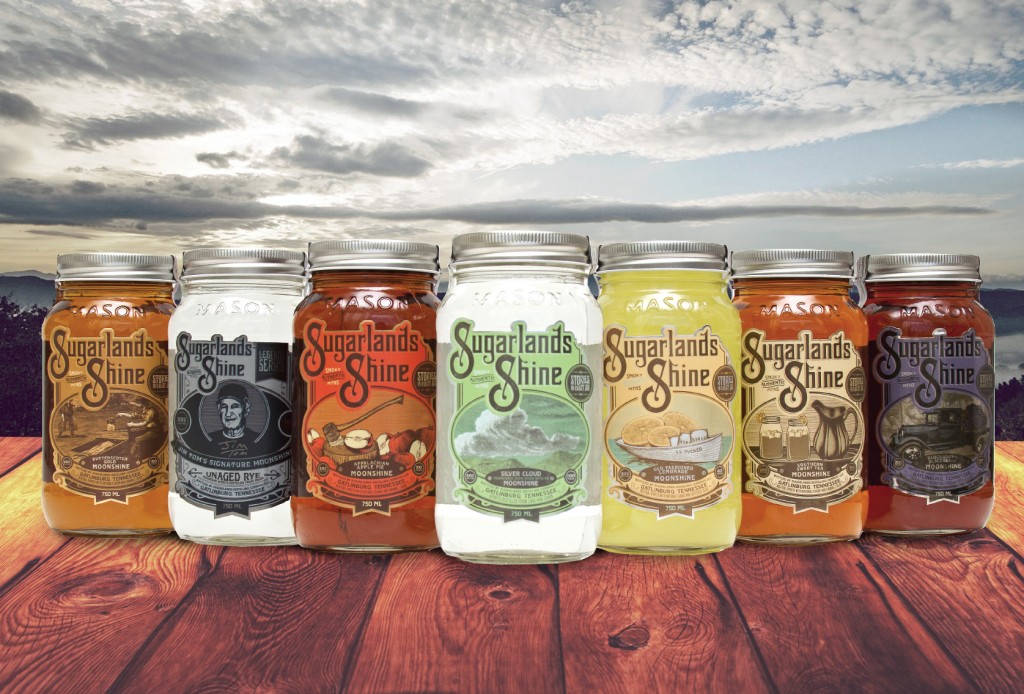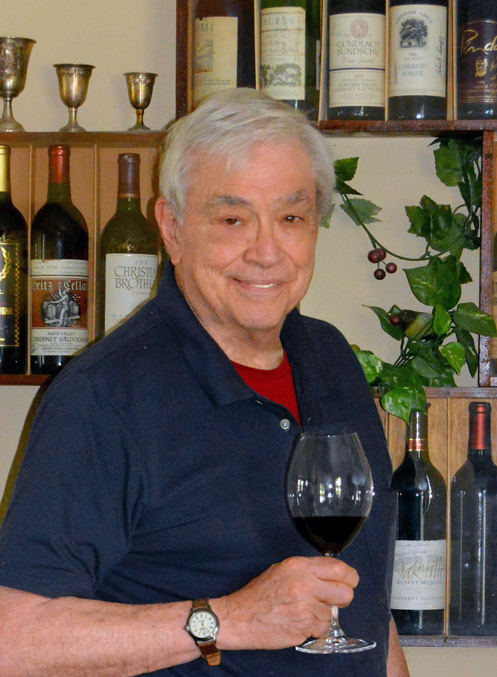
The manufacture of alcohol by anyone that was not a government anointed producer was also forbidden under strict penalties. This gave the myriad of illegal backwoods distilleries, affectionately referred to as moonshiners, an opportunity to continue to practice their trade by producing low cost but drinkable alcoholic beverages at considerably lower prices than the “legal stuff.” As a side note, the automobiles that the bootleggers used to deliver their product during the prohibition period were supped up cars able to outrun any “revenuer” that may be chasing them. These cars and their drivers evolved into the NASCAR races we enjoy today. But there is still more.
Home beer making, a “sport” that was very popular during the “dry” period of Prohibition, remained illegal until 1978. The amusing part about home beer making prior to 1978, all of the supplies needed to make beer at home were legal to sell, including the malt and hops. Today, home beer making has become a popular hobby.
Why this long winded introduction to the main subject? To prepare the reader as to what comes next, Sugarlands Shine of Gatlinburg Tennessee. Sugarlands Shine is a moonshine lookalike (it’s even supplied in mason jars) that is about as fine an alcohol beverage as can be found. While Sugarland’s does manufacture some of the familiar varieties, they hang their hats on their flavored beverages. “Purists” might frown upon the newer flavored drinks, which are becoming very popular, and can be enjoyed either as they come or used to create a plethora of individually designed cocktail drinks and perhaps even engender a new hobby, mixology. I have picked out a few to tell you about but the entire line can be viewed at http://www.Sugarlandsdistilling.com/.
Sugarlands Shine Root Beer Moonshine.($24.99). Take quality alcohol, infuse it with the natural ingredients used in the root beer of old and you have Sugarlands Shine Root Beer Moonshine. The first sip is like taking a time warp back to the old west (sans gunslingers). Although it is a bit stronger
than the root beer of long ago, it is a drink that you will happily remain in the memory for a long time.
Sugarlands Shine Unaged Rye Moonshine ($24.99). This drink is crystal clear with none of the color or flavor imparted by aging barrels. If you are a lover of rye whiskey, this rye is a journey into the world of a pure unadulterated beverage with none of the external flavor and color trappings. This whiskey produced the most vibrant and delicious Bloody Mary that I have yet experienced.
Sugarlands Shine Southern Sweet Tea Moonshine ($24.99). This offering from Sugarland’s Shine raises sweet tea to a new height of greatness. It is so good that you may have a tendency to over do it; so please be careful.
Sugarlands Shine silver Cloud Moonshine ($24.99). The name says it all, smooth, no burn and the perfect replacement of vodka as a mixer.
Sugarlands Shine Butterscotch Gold Moonshine ($24.99). Gobs of butterscotch offer a beautiful golden color. Straight, it is an experience, as a mixer, it is capable of producing some astounding and novel cocktails.
 High Vacuum Engineer: Senior Technical Adviser and Feature Writer for Modern Photography Magazine (1967-1973), co-founder of Together Vineyards, an experimental vineyard in South Florida which was the southern most registered vineyard in the Continental United States. Co-Author of several books on Home Wine Making, Home Beer Making and Distillation of Spirits. Co-owner of Camera & Video Repair Institute in Sunrise Florida.
High Vacuum Engineer: Senior Technical Adviser and Feature Writer for Modern Photography Magazine (1967-1973), co-founder of Together Vineyards, an experimental vineyard in South Florida which was the southern most registered vineyard in the Continental United States. Co-Author of several books on Home Wine Making, Home Beer Making and Distillation of Spirits. Co-owner of Camera & Video Repair Institute in Sunrise Florida.